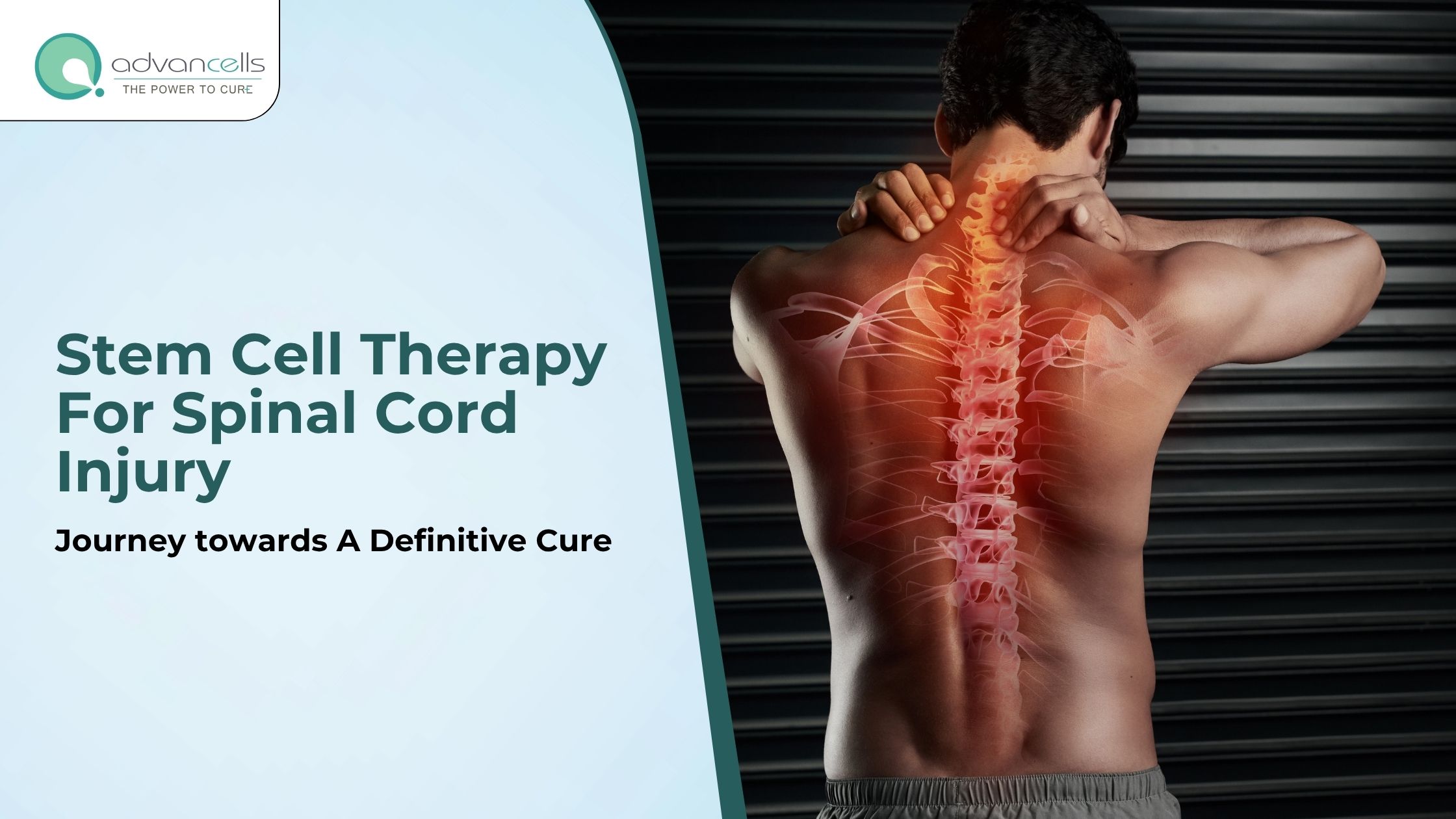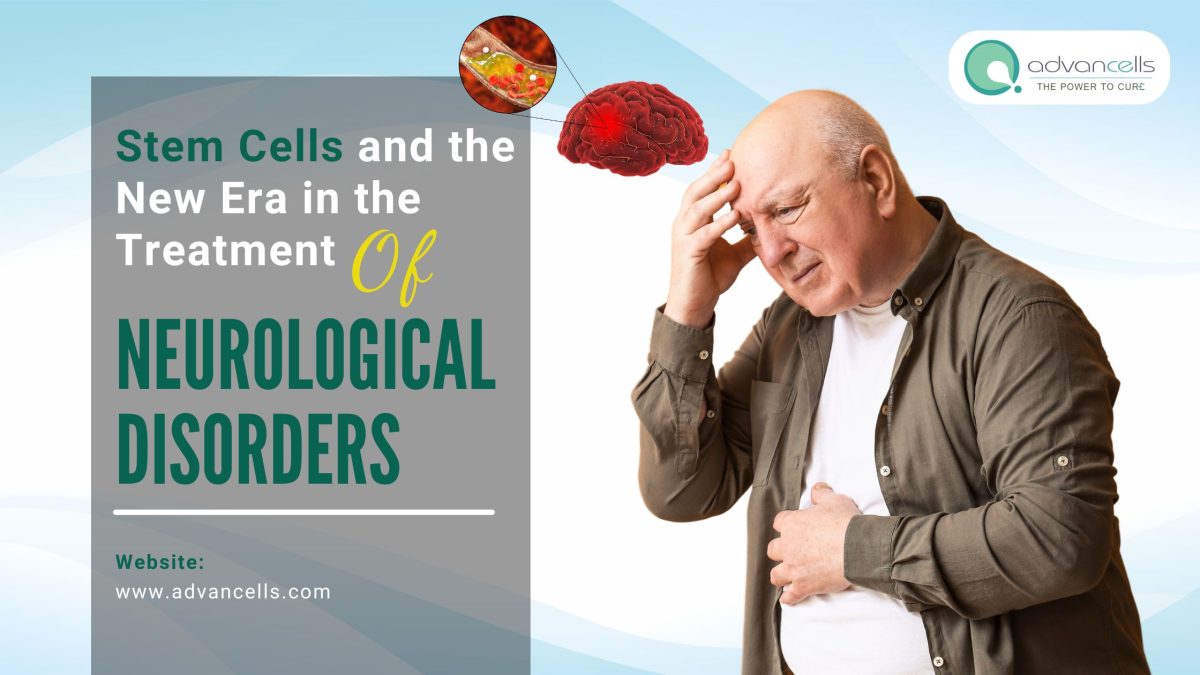Stem Cell Therapy For Spinal Cord Injury: Journey towards A Definitive Cure

Strong 8k brings an ultra-HD IPTV experience to your living room and your pocket.
Every year, up to 500,000 people suffer from spinal cord injury, according to a WHO report. The resultant loss of motor functions and paralysis declines the quality of life of patients, impacting their mental health. Functional recovery is impossible with the current treatment strategies. In pursuing a feasible cure, scientists are evaluating stem cell therapy for spinal cord injury.
Spinal Cord Injury (SCI)
Spinal cord injury (SCI) is a neurological condition that describes the damage to the spinal cord resulting from diverse factors. The damage often leads to disability and high mortality. The spinal cord is a part of the central nervous system that connects the brain and the rest of the body. It extends from the brain as a long cylindrical structure and passes through the vertebral column, terminating at the lumber vertebrae. The cord transmits sensory signals from the body to the brain and communicates motor signals from the brain to the body. The nerves from different cord segments mediate communication with specific tissues. The injury's extent and severity depend on the affected segment during injury. For instance, injury in the corticospinal tract results in the loss of sensation to pain and temperature, whereas injury to the spinothoracic segment results in paralysis.
SCI: Underlying Causes
The injury can result for multiple reasons. Accidents are a common cause of SCI and are categorized as the traumatic causes of SCI. For example, injuries in motor vehicle accidents, falls, violent incidents, sports injuries, surgical issues, etc. Additionally, disorders marked by progressive neuron loss, infections, vascular damage, and cancer can also lead to SCI. They are classified as non-traumatic events that led to SCI. Tumors and infections result in spinal cord compression, whereas neurological disorders predispose the cord to injury. Older individuals are more at risk of SCI due to reduced bone density and increased vulnerability to fractures. Furthermore, surgery, infection, tumor therapy, and excessive smoking can elevate the risk of SCI.
SCI: Cellular Mechanisms
Injury in any tissue, including the spinal cord, initiates an inflammatory cascade. In order to fight potential infection and engulf dying cells, immune cells migrate to the site of injury. To rebuild the tissue structure, immune cells transition into reparative activities in later stages. Tissue damage occurs as a result of increased neuroinflammation in SCI. In addition to inflammation, oxidative stress on cells, abnormal amounts of calcium ion influx, excessive stimulation of nerves, and disruption in blood flow also result in cord damage. It eventually leads to the loss of neurons and the removal of their myelin sheath, which is necessary for signal transmission.
Symptoms of SCI
The symptoms typically include loss of sensation, pain, and weakness. The patients show difficulty in moving limbs, evident of disturbance in motor functions. Additionally, loss of bowel or bladder control as well as involvement of lungs manifested as difficulty in breathing and cough are also seen. The symptoms depend on the spinal cord segment that suffers damage in the following manner:
Complete SCI
- Paralysis- Loss of upper and lower limb functions
- Loss of bladder and bowel control
- Sexual dysfunction
- Problems in respiratory function
Incomplete SCI
- Damage in central region: Weakness in limbs
- Damage in front region: Loss of pain and temperature sensation, muscle paralysis
- Damage in the back region: Loss of sensation to touch and perception of space
- Brown-Sequard Syndrome: Loss of motor function at one side of the body (right or left) along with the loss of sensation to touch and perception of space.
SCI: Current Treatment Options
The immediate treatment for SCI employs surgical decompression, anti-inflammatory medications, and restoring blood flow to nerves. Additional modalities focus on reducing symptoms, such as tracheostomy to improve breathing, catheter insertion for urinary continence, prevention of pulmonary embolism, etc. Furthermore, rehabilitation therapies are also recommended to manage the disorder and improve the quality of life. However, none of the therapies can improve the injured tissue and only aim to prevent further damage to the spinal cord. It has urged scientists to seek a regenerative treatment to restore tissue function.
Stem Cell Therapy
Stem cells have remarkably advanced the field of regenerative medicine. They have potential to treat SCI and regenerate the cord tissue. The following properties of stem cells have suggested their effectiveness in SCI:
- Stem cells can differentiate into neural cells, thus replacing the lost neural cells.
- They can also secrete factors that prevent neural cell damage and promote their regeneration.
- These cells also elicit anti-inflammatory and antioxidant effects, thereby preventing cell damage.
- Stem cells can also promote the blood vessel development that can reinstate blood flow to the cord tissue.
Preclinical studies with mesenchymal stem cells (MSCs) have demonstrated a reduction in scar size and neural regeneration owing to the above-mentioned properties.
Japan has introduced Stemirac, an MSC-based product that has government approval for SCI treatment. Although the product is available for a limited period, early studies have shown alleviation of severity levels and improvement in patients' functional scores.
Conclusion
A groundbreaking clinical trial in Japan recently reported that stem cell infusion resulted in a paralyzed man standing again. A Chinese stem cell product for SCI treatment has received a go-ahead from the FDA for a clinical trial. Every year, a new study shows stem cells' potential in SCI treatment. Stem cell therapy seems to be the only viable path forward for recovering from SCI. Its capacity has been established multiple times without causing any complications. On this journey to stem cell therapy, the high-quality stem cells from Advancells facilitate affordable spinal cord injury treatment in India.
Note: IndiBlogHub features both user-submitted and editorial content. We do not verify third-party contributions. Read our Disclaimer and Privacy Policyfor details.





